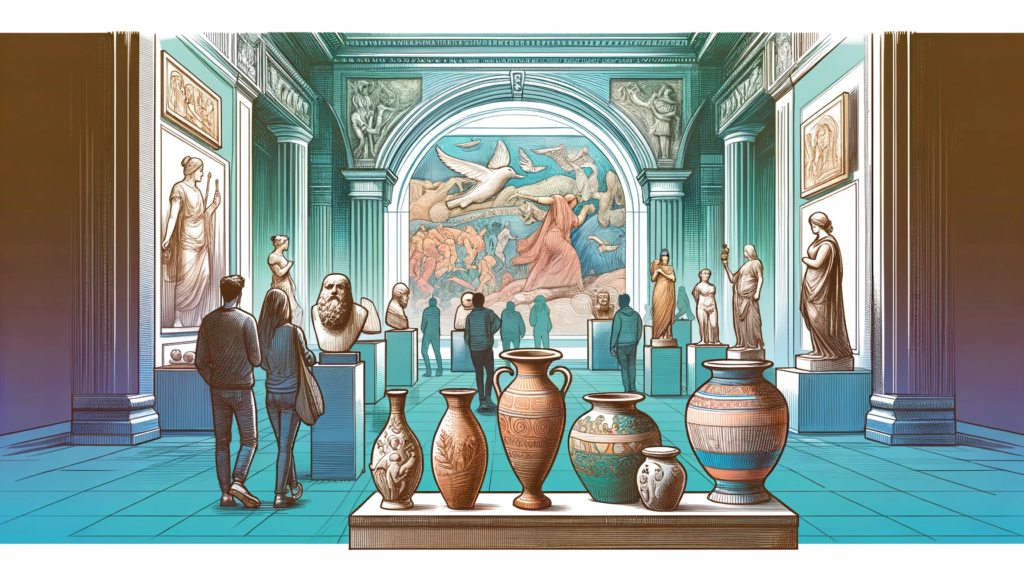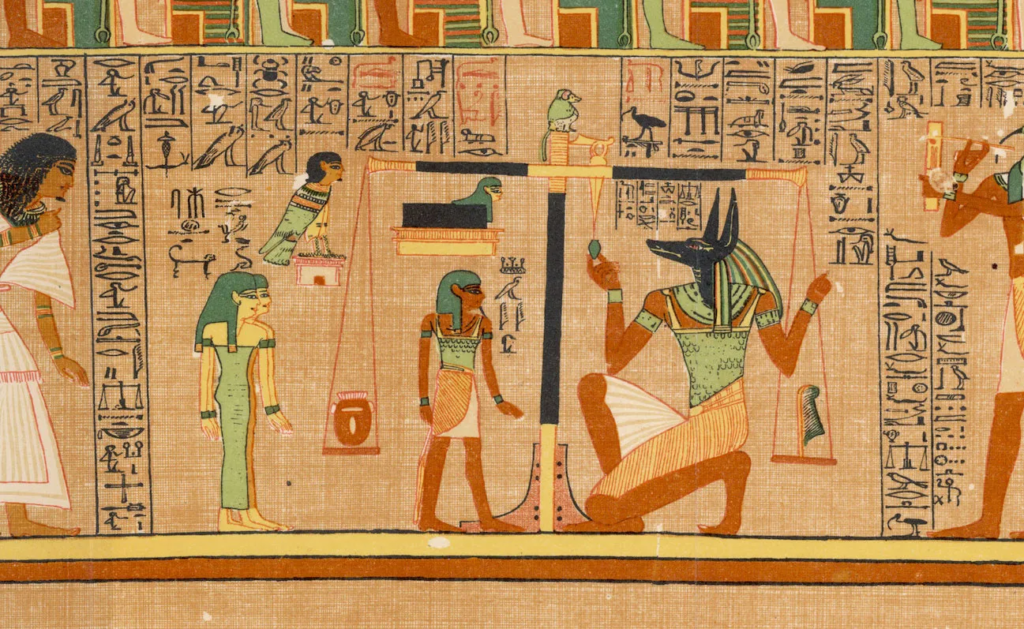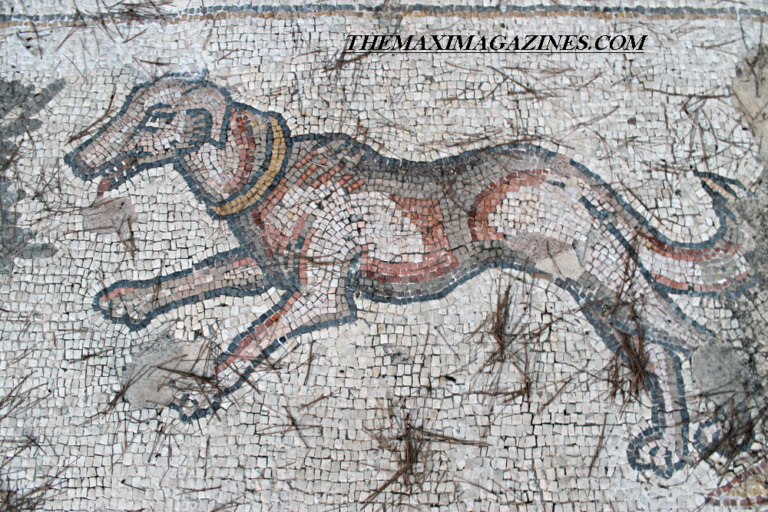Ancient art presents us with glimpses into the lives, ideals, and cultures of the earliest civilizations, ranging from prehistoric cave art work to elaborate sculptures and awe-inspiring structure. As a bridge to our past, ancient art isn’t always just about aesthetics; it embodies the philosophical, religious, and social values of historic societies. Through every brushstroke, chisel mark, and architectural surprise, historical artwork has left an indelible impact on the sector of art and keeps to encourage modern-day creators. This article delves deep into the intricacies of historic art, its evolution, significance, and the precise legacy it has exceeded down.
The Origins
The earliest styles of artwork date back to the prehistoric generation, with artifacts just like the well-known Lascaux cave artwork in France, created approximately 17,000 years in the past. These paintings, depicting animals and human figures, reflect early people’ want to file their environment and narrate their reports. This era marked the beginning of art as a way of storytelling and communication, wherein symbolism changed into a imperative detail.

Egyptian Art
Egyptian art is iconic for its stylized and notably symbolic representations of gods, pharaohs, and the afterlife. From enormous pyramids to intricate hieroglyphics, every piece had a non secular purpose. Egyptian artists followed strict conventions in their paintings, ensuring continuity over millennia. These works were no longer merely for show; they had been supposed to manual the deceased thru the afterlife and honor the gods.
Mesopotamian Art
Mesopotamia, frequently known as the “cradle of civilization,” produced some of the earliest known kinds of artwork. With artifacts like the Ziggurats and alleviation sculptures, Mesopotamian art served both spiritual and practical features. Much of the artwork depicted gods and kings, portraying them as powerful figures deserving of respect and fear. The special reliefs and statues provide insight into the sociopolitical and non secular panorama of the time.
Greek Art
Greek artwork laid the foundation for Western artwork, emphasizing idealism, symmetry, and human anatomy. Ancient Greek artists excelled in developing sculptures that depicted gods, athletes, and philosophers with an idealized human form. The Parthenon and the Statue of Zeus are exemplary portions that illustrate Greek mastery in architecture and sculpture, specializing in realism and celebrating human achievements.
Indian Art
Indian artwork has been deeply rooted in spiritual and philosophical traditions, as visible within the sculptures of Hindu deities and Buddhist stupas. Each piece of Indian art tells a tale steeped in mythology, embodying moral teachings and spiritual beliefs. From the difficult carvings within the Ajanta and Ellora caves to the practical figures of gods and goddesses, Indian artwork reflects a blend of spirituality and artistic finesse.
Chinese Art
Ancient Chinese artwork emphasizes concord, stability, and reverence for nature. Ink artwork, ceramics, and sculptures reflect deep philosophical ideas rooted in Taoism, Buddhism, and Confucianism. Chinese calligraphy, a respected art shape, symbolized beauty, area, and a religious connection. The Terracotta Army of Qin Shi Huang is a testomony to China’s awesome craftsmanship and the emperor’s quest for immortality.
Mesoamerican Art
The historical civilizations of the Americas, such as the Mayans and Aztecs, created artwork with sturdy religious topics. Through pyramids, sculptures, and ceramics, Mesoamerican art expressed reverence for gods, ancestors, and cosmic factors. The Temple of Kukulkan in Chichen Itza and intricate Mayan stelae monitor the astronomical knowledge and deep religious ideals of those societies.
African Art
Ancient African artwork, specifically from regions like Egypt, Nubia, and Nigeria, is rich with symbolic which means. Artifacts from ancient African cultures consist of complex masks, sculptures, and rock artwork that encompass religious ideals and tribal heritage. Many pieces were created for rituals or ceremonial purposes, highlighting topics of ancestry, strength, and spirituality.

Legacy of Ancient Art in Modern Times
The impact of historical artwork on current society is profound. Art bureaucracy, strategies, and emblems from those early civilizations preserve to persuade cutting-edge art, structure, and even media. Museums worldwide show off historical art, attracting thousands and thousands of site visitors. Who marvel at these remnants of humanity’s earliest achievements. By keeping and studying those artifacts. We now not most effective honor our ancestors however also increase our know-how of human history.
Conclusion
Ancient art is greater than a group of stunning artifacts; it’s far a testomony to humanity’s enduring creativity, spiritual intensity, and intellectual curiosity. By reading historical art, we connect to our ancestors’ worldviews, celebrating a legacy that continues to encourage generations.
FAQs
What is ancient art?
Ancient artwork refers to art created by using early civilizations, which include sculptures, artwork, and structure, often representing cultural, spiritual, or social subject matters.
Why is historical art crucial?
Ancient art offers perception into early societies’ beliefs, values, and existence. It serves as a historical report, offering clues to humanity’s evolution in notion, way of life, and creativity.
Which civilization produced the earliest recognized art?
The earliest regarded art comes from prehistoric humans, as seen in cave paintings observed in Lascaux, France, and Altamira, Spain.
How did religion affect ancient art?
Religion became a considerable impact in ancient artwork. Many pieces have been created to honor gods, have a good time rituals, or depict the afterlife, mainly in cultures like Egypt, India, and Mesoamerica.
What materials had been normally used in historical art?
Common materials included stone, clay, timber, metals, and pigments. Many historic cultures used herbal resources to be had of their regions.


